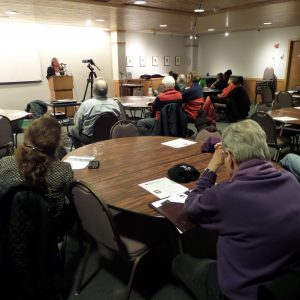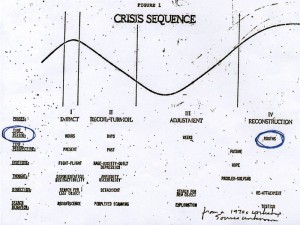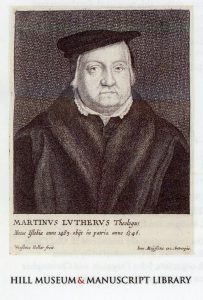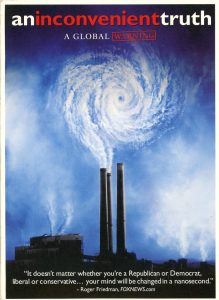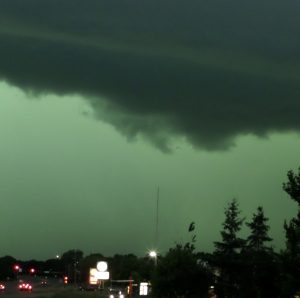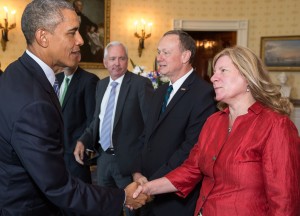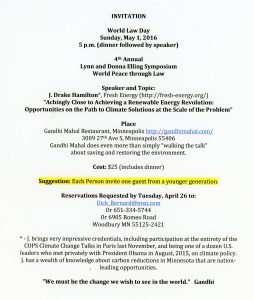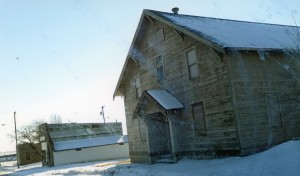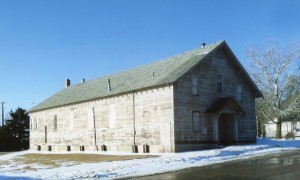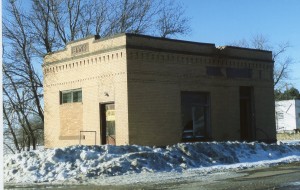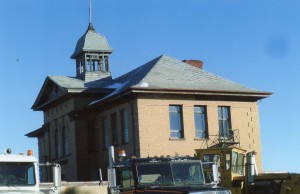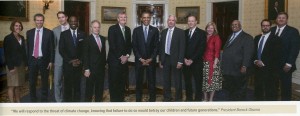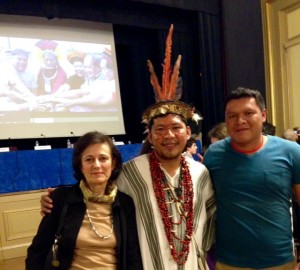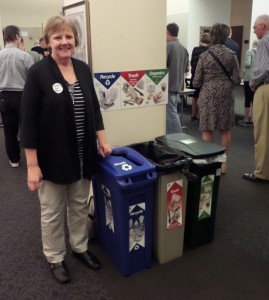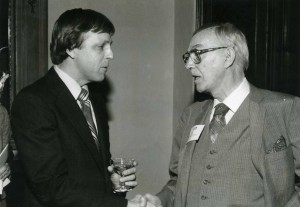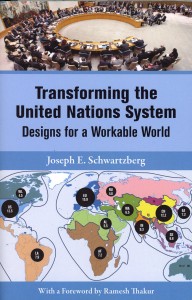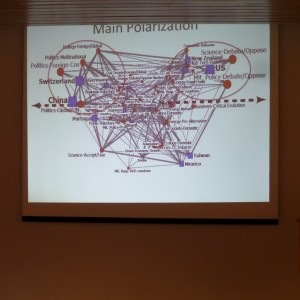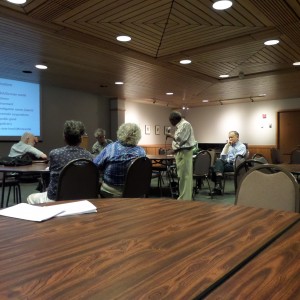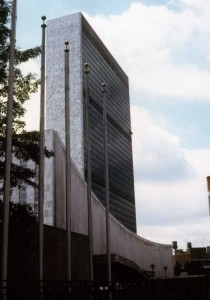The Process of Politics.
Tuesday was Precinct Caucus night in Minnesota. I attended mine. More on that below the Eagle. But first:
The response to the free preview week for new film, The World Is My Country, was gratifying. If you missed the film, or wish to watch it again, another week begins February 14 at World Beyond War. Look for details here, at February 14. Consider a financial donation to help complete the process for release of the film, here. People like ourselves make such projects possible.
(click to enlarge)
And if you have even the slightest interest in Climate Change, regardless of your personal position on the issue, you’ll find J. Drake Hamilton’s talk to 37 of us three weeks ago to be very informing (photo above). Her topic, Next Steps on Deep Climate Action: How can Minnesota Lead. You can watch it here. J. had recently attending the Climate Change followup conference to Paris’ COP23 in Bonn Germany, Nov 2017, and her report was very interesting. Her interest is in engaging with people of varying points of view. She is Science Policy Director at highly respected Fresh Energy.

Picture an eagle flying with only a single wing, or with simply a head…. photo by Dick Bernard, October, 2008, at dedication of gift by Mary Lou Nelson at Minnesota Landscape Arboretum
The Precinct Caucus
We in the United States live in a world of politics. Politics is something we love to hate. On the other hand, we are the people who make politics function…or not. Something of a personal mantra: we get what we deserve, local, state, national…. Nobody says we can’t get involved, but few do.
There were 21 of us in the caucus room for Precinct 5 on Tuesday night. Mostly we were within two miles of the high school where the meetings were held (a few came to sign in, and left, but were considered in attendance). We convened at 7 and we adjourned shortly after 8 p.m.
We seem to have been fairly typical in attendance: TV news reported about 30,000 attending the Democrat caucuses; perhaps 11,000 the Republican. The state results for Democrats and Republicans are here. There doubtless were smaller gatherings for other parties, but like most places, Democrats and Republicans end up being the only viable parties. There are about 4 million registered voters in Minnesota.
Simple math: with everyone welcome, and no one turned away, about 1% of eligible voters attended the Minnesota caucuses. 99% had better uses for their evening. From the ranks of the 1% will come the decision makers on candidates and party platforms for the months ahead. Lack of civic engagement is a self-imposed problem for the general electorate.
I don’t think Minnesota is atypical.
Along with routine mandatory business of a caucus, our main purposes on Tuesday were three: 1) to elect delegates to the March 10 Senate District Convention; 2) to consider policy resolutions for the party as proposed by those in attendance; 3) meet declared candidates for office who stopped by the room, and do a “straw poll” of who we preferred for Governor at this moment in time.
There were over 4,000 caucuses on Tuesday night, so we didn’t see any major candidates in our room.
I made a very brief statement in behalf of the gubernatorial candidate I am supporting, but by that point in the meeting the voting had already concluded. This was not a campaign stop.
I was gratified, and I said so to the group, that all three candidates for our open state legislator seat were young people (by my definition, people who appeared to be under 40 – two women and one man). We were a diverse bunch in our caucus room, as were the candidates who declared for office. I like that, a lot.
Everyone who wished will be able to attend the Senate District Convention as a delegate (March 10). Eight resolutions on a variety of issues were proposed and passed in our room, some with questions and very civil debate. They will all go forward to a committee that will sift and sort all proposed resolutions, as the process continues.
After the Senate District Conventions will come Congressional District, then Republican and Democrat State Conventions, as the 2018 election contests heat up.
The Practice of Politics:
Our precinct, like most, was like a friendly neighborhood gathering. We are “birds of a feather”, so to speak. But politics, even within political parties, is not bean-bag. There are three candidates for our seat in the Minnesota House. Only one of them will get the endorsement. Our “straw poll” for Governor listed five candidates. By the end of the State Convention only one will get the nod, and lest we forget, Gov. Dayton ran against the party endorsed candidate eight years ago…and won. Strange things can happen.
The practice of politics in a democracy has always been and probably will always be a matter of competition of ideas. We are in a new and much more dangerous era where competition (and bipartisan resolution) has been replaced by the practice of conquest and domination – winners and losers. We see it today, every day, in the national conversation. It is unhealthy, and destructive. Hopefully this unhealthy way of doing political business will collapse before our society does.
“Politics” and “Government” used to represent positive values in a democracy. This is no longer true. “Truth” is only what is necessary to win; and does not have to be true. Most recently, our President suggests that is is almost treasonous to not give him an ovation with each statement – a false validation. It is easy to feel crazy these days.
What we can do is to become well informed about all the candidates wishing to represent us; to support our preferred candidates with time, talent and money (very few people donate much to, especially, local candidates). If we dislike the scourge of big dark money in politics, the antidote has to be our own donations. We need to learn to be very skeptical of positioning against an opponent; similarly, sanctifying our own favorites. No one is as good, or bad, as they are portrayed. All successful candidates have to work with different constituencies with differing beliefs and priorities. In the long run, purists of every stripe are doomed to failure in a pluralistic society, as ours is.
There is no nirvana in politics. Neither does there need to be the disgusting nonsense we have been experiencing in this country in recent years.
There is much more to be said. Let’s start here!

